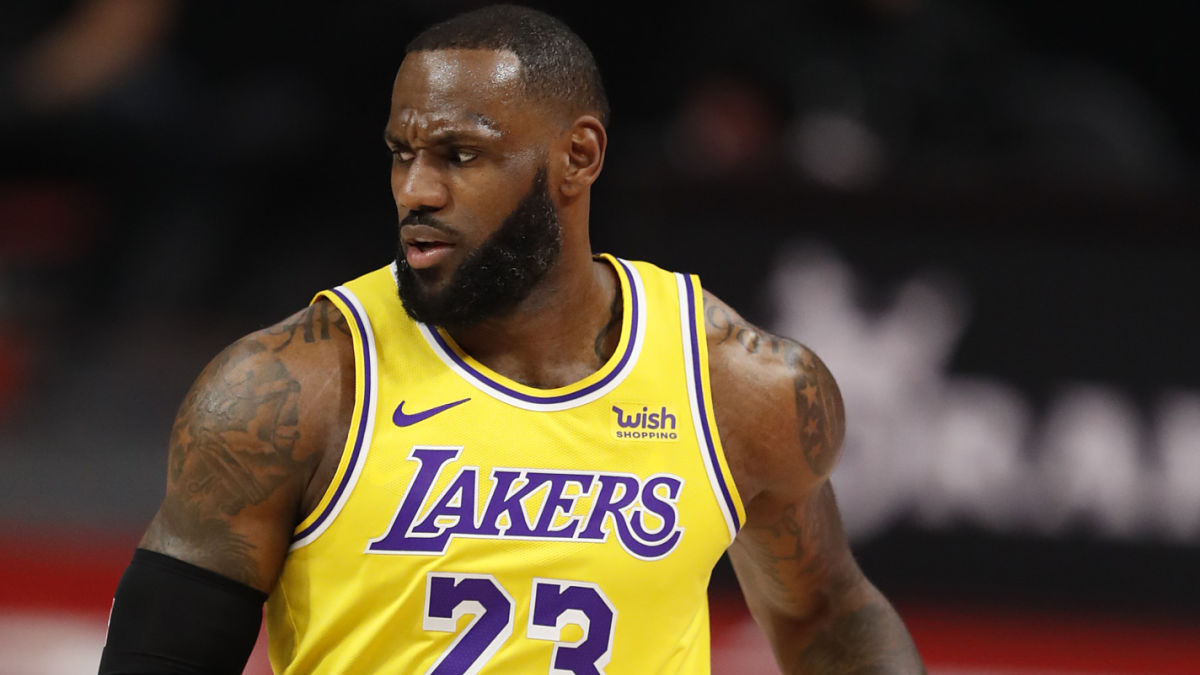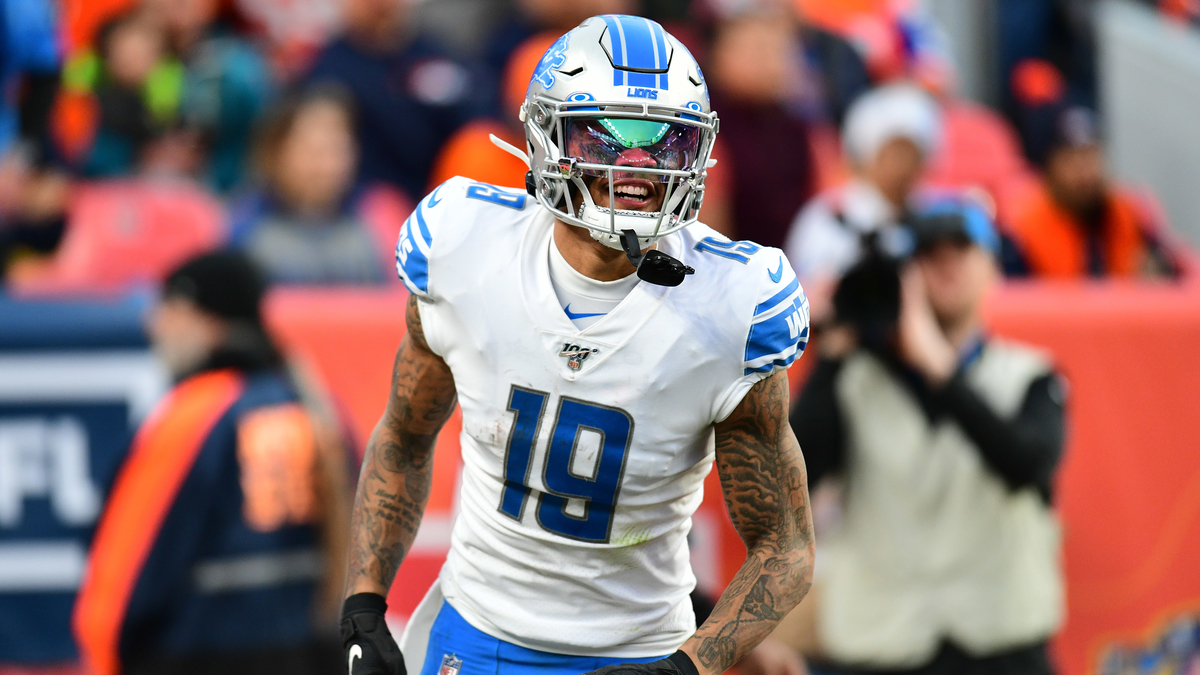So stop us if you've heard this before, but the NCAA made itself look pretty bad this week.
As college basketball players arrived to their respective March Madness tournaments, social media soon flooded with outrage over discrepancies in the amenities and resources given to the women in San Antonio compared to the men in Indianapolis.
Let's just say the ladies' set up left a lot to be desired.
From the food to the swag bags athletes received, it's clear that the NCAA didn't think it completely through. The most hilarious visual that came out of the whole debacle was from Oregon's Sedona Prince, after videos of the women's desolate looking weight room went viral on TikTok on Thursday evening.
Needless to say, the athletes felt a little disrespected. And rightfully so.
There wasn't much the NCAA could say after this. It was a bad look. They knew it. They owned up to it and Vice President of women's basketball Lynn Holzman vowed the facilities in San Antonio would be upgraded by Saturday morning. And they were.
ESPN's Holly Rowe took College GameDay viewers through the upgraded facilities:
Of interesting note from the video, Rowe shared that the original "weight room" shared in Prince's video was just meant to be a supplementary space alongside practice courts. The actual weight room was the one upgraded and revealed, as seen in the video.
We're taking that with a gran of salt, though. It doesn't make sense that a college athlete could call out the NCAA for the exercise area. And why wouldn't the NCAA mention that the actual weight room was not the one shown in Prince's original video to defend itself from the backlash?
And why would they phrase a tweet showing off the new space to say, "the weight room as arrived," if it was already there to begin with?
Whatever.
All that matters is that the NCAA hopefully learned its lesson here (not holding our breath) and that the female athletes gained access to better equipment. They seem to be happy and appreciative, as seen in Prince's latest video.
It's just unfortunate that social media, and not Title IX, is what compelled the NCAA to make it right.






